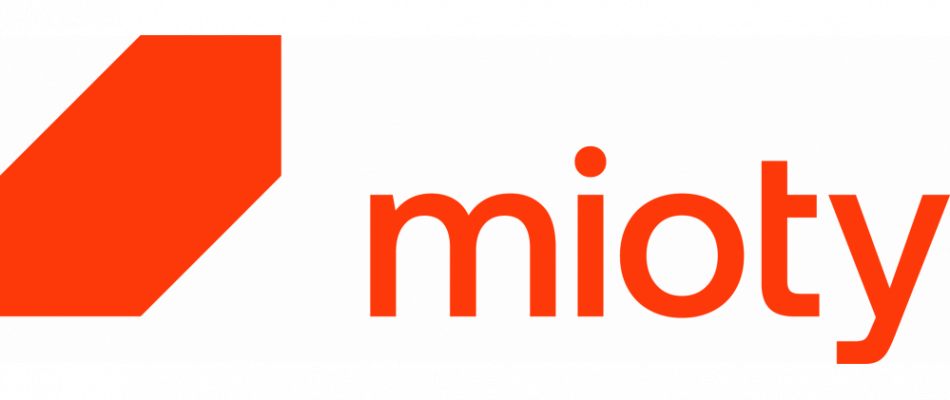

Mioty is a wireless communication solution specifically developed for the Internet of Things (IoT). It is based on an innovative approach to data transmission, providing reliable, energy-efficient, and scalable communication for applications in areas such as smart cities, industrial automation, agriculture, and more. Mioty technology stands out from other Low-Power Wide-Area Networks (LPWANs) due to its robust signal propagation, high efficiency, and low energy consumption. These characteristics make it particularly suitable for environments where a large number of sensors and devices need to communicate simultaneously.
Mioty is based on a proprietary modulation technique called "Telegram Splitting." This technique divides each message into small packets, which are transmitted across different frequencies and time slots. This reduces the likelihood of collisions with other messages and increases resistance to interference. Even if some packets are lost or disturbed, the message can be reconstructed at the receiver. This makes Mioty particularly robust against interference in environments with heavy radio traffic.
Mioty technology complies with the ETSI standard (European Telecommunications Standards Institute) and offers many advantages over conventional LPWAN technologies like LoRa or Sigfox:
Within a Mioty network, there are several key components that are essential for its operation: the Base Station, the Application Center, the Service Center, and the Blueprints. These components are closely integrated and ensure that the system operates efficiently and reliably.
The Base Station is the heart of every Mioty network. It acts as the receiver for data transmitted by the sensors and is responsible for forwarding this data to the central system in a structured and understandable form. The Base Station provides the necessary infrastructure for communication between the end devices and the central platform, where the data is processed.
Key features of the Base Station include:
The Base Station also serves as the interface to the Application Center, where the received data is further processed and presented in a usable form.
The Application Center is the central hub for data processing and visualization in a Mioty network. It collects, processes, and prepares the data received from the Base Station in a usable format for applications or end users. It ensures that the collected sensor data is available at the right time and place.
Functions of the Application Center include:
The flexibility of the Application Center allows Mioty technology to be used in a wide variety of use cases, from smart cities to industrial IoT applications.
The Service Center is responsible for the operation, management, and maintenance of the entire Mioty network. It handles tasks such as network monitoring, device management, and security.
Key functions of the Service Center include:
Thus, the Service Center is an essential component that ensures the smooth and secure operation of the Mioty network.
Blueprints are predefined templates and best practices designed to simplify the implementation of Mioty networks. They provide a structured and standardized approach to building a Mioty network in various application areas.
Key aspects of the Blueprints include:
By utilizing Mioty Blueprints, companies can save time and resources by leveraging proven and optimized solutions.
Mioty technology is a promising solution for the needs of modern IoT. With its robust Telegram Splitting technique, high scalability, and efficiency, it offers significant advantages over traditional LPWAN technologies. The core components—Base Station, Application Center, Service Center, and Blueprints—each play a crucial role in ensuring the smooth operation of a Mioty network. Together, they provide a comprehensive, reliable, and secure platform for a wide variety of IoT applications. As the world becomes increasingly connected and the demand for high-performance IoT networks grows, Mioty will play a key role in the future development of the IoT.
LUPUS bietet in Kürze in Zusammenarbeit mit Weptech das AVA2 an.
Das AVA2 ist ein bidirektionales, kostengünstiges Gateway mit dem mioty®-Profile EU 0 EU 1 EU 2 US 0 zur Verwendung in Europa und den USA.
Das mioty® Gateway AVA2 ist einfach zu installieren. Es kann über das lokale Netzwerk mit dem Internet verbunden werden und bietet eine Web-Oberfläche, die einen Überblick über den mioty®-Datenverkehr gibt.
Es vereint Base-Station, Application-Center und Service-Center, und kann per MQTT alle Daten zur LUPUS-Cloud weiterleiten wo sie dann einer Location zugeordnet, verwaltet und visualisiert werden können:
